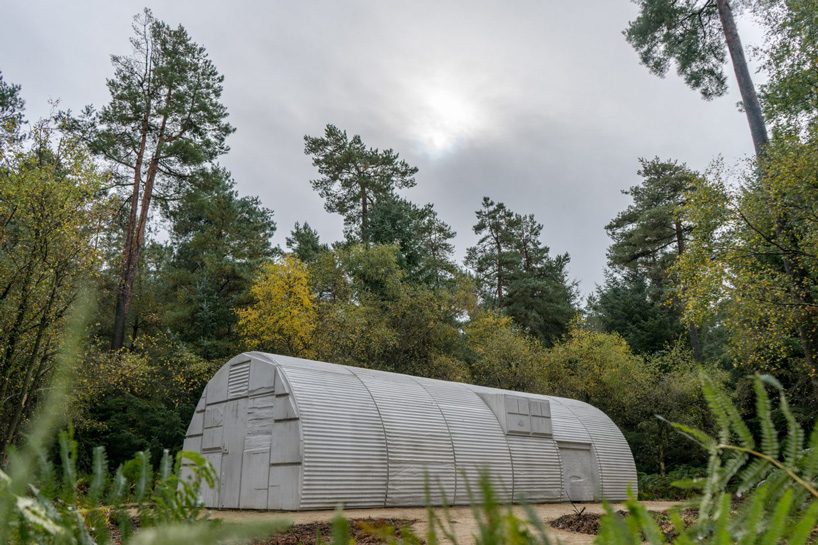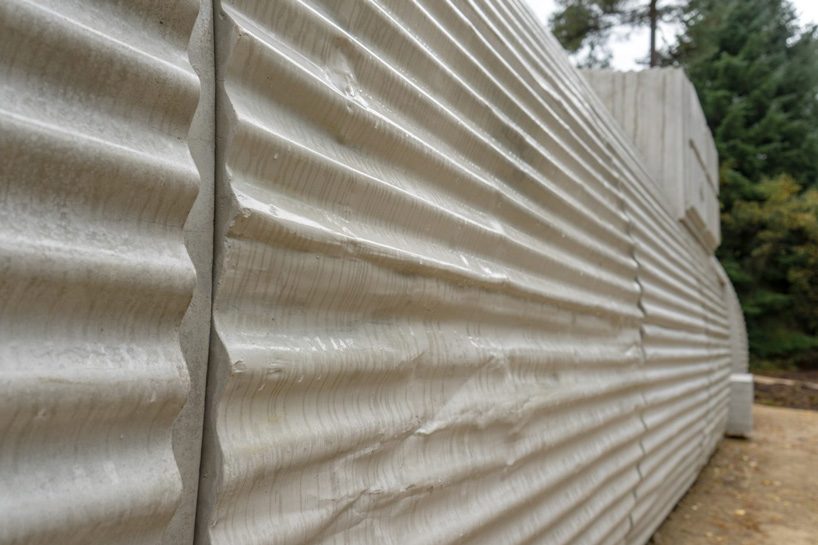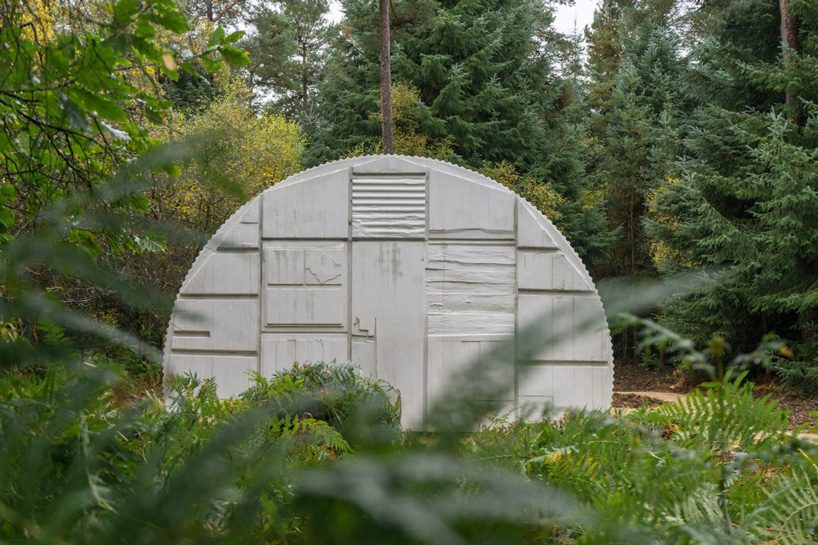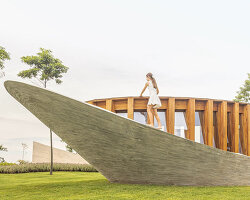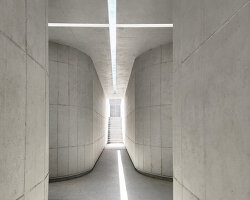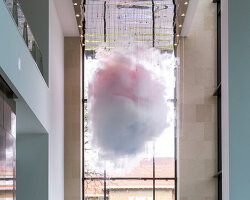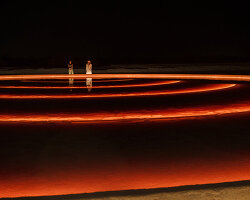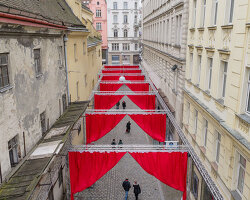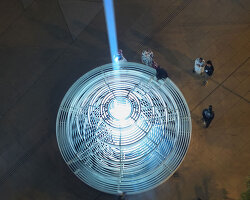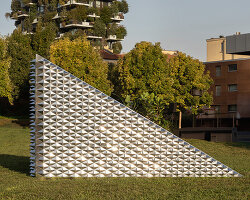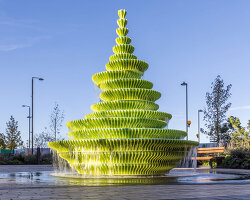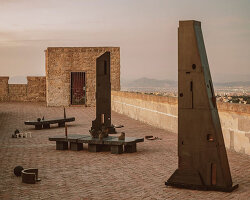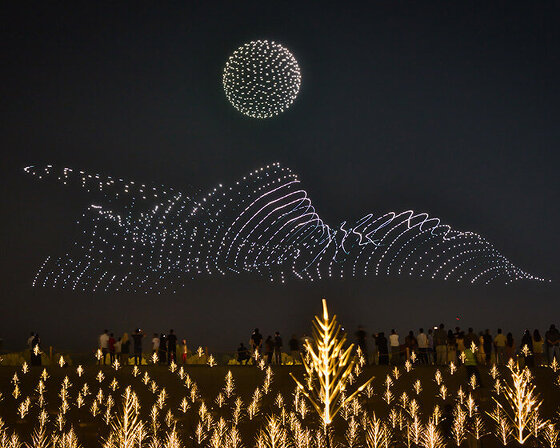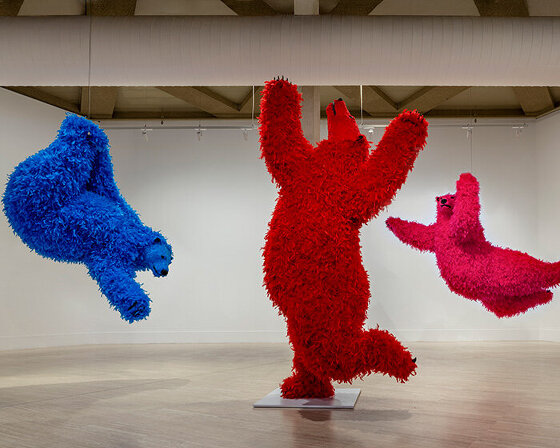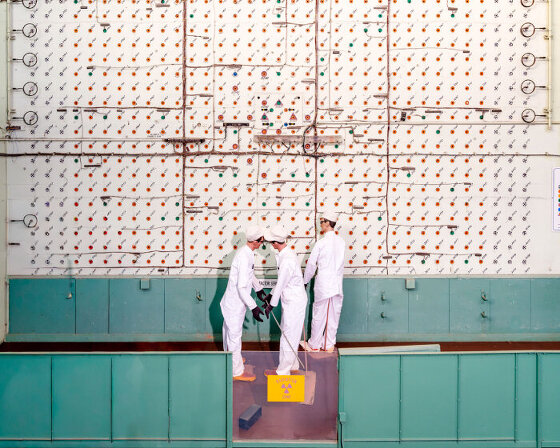KEEP UP WITH OUR DAILY AND WEEKLY NEWSLETTERS
the works are staged within mangroves, tidal waterways, and open sky, allowing technology and environment to operate as a single system.
designboom speaks with the italian artist about the making of 'Ι don’t like it, Ι love it', the importance of freedom, and why the 'impossible' is often just the beginning.
connections: +570
explore must-see highlights of art basel paris, design miami.paris, and other standout shows and events across the city.
the oak ridge national laboratory was born in 1943 as a top-secret part of the manhattan project.
connections: +2080
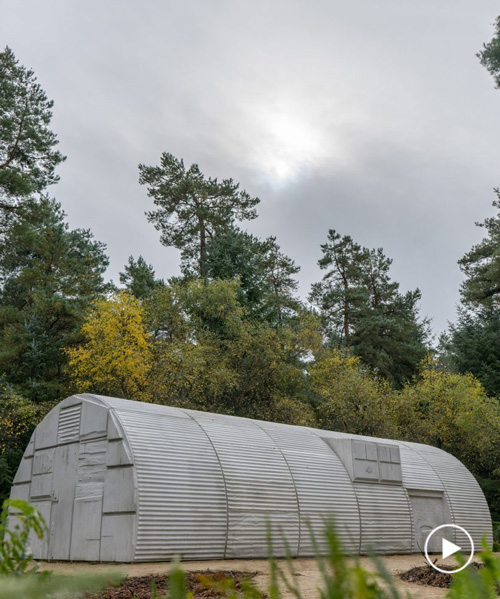
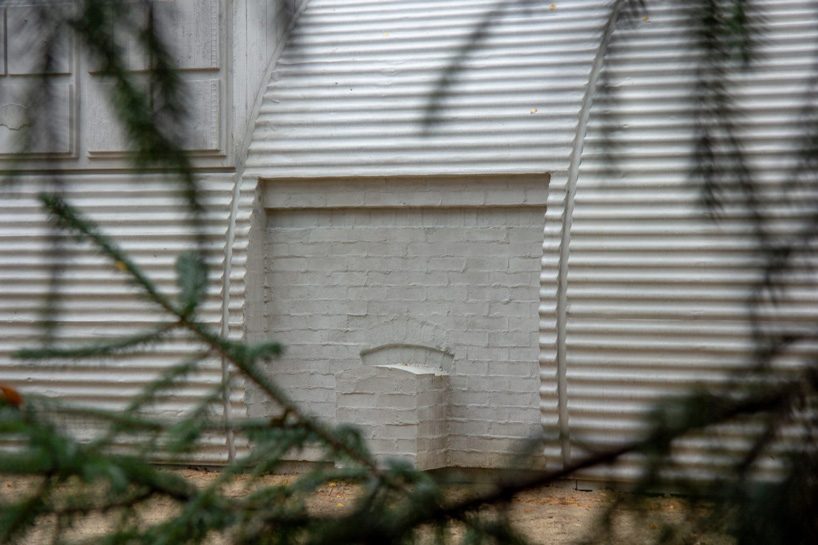 all images courtesy of 14-18 NOW and the forestry commission
all images courtesy of 14-18 NOW and the forestry commission